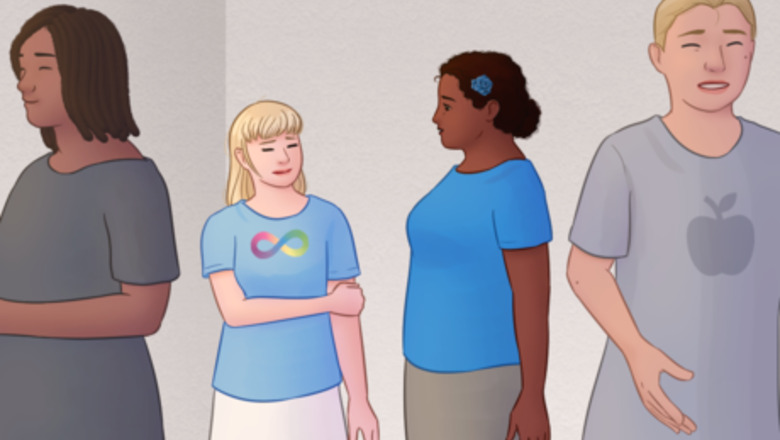
views
Finding Your Type Through Dichotomies
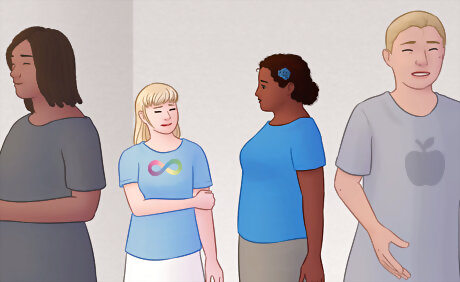
Determine whether you are introverted or extroverted. This preference is not so much about how social you are (which is what these terms are often associated with), as much as it deals with your tendency to act. When solving a problem, do you look inward first to solve the problem or outside? Extroverts find social activity energizing. They tend to enjoy socializing in groups and enjoy the excitement of parties. While they can enjoy some alone time, too much time in a calm environment can bore them. Introverts find quiet time energizing. While they can enjoy socializing (even in groups), spending time alone or one on one with someone special helps them recharge. They prefer quiet, peaceful environments. Did You Know? Shyness isn't always an indicator of introversion or extroversion. There are shy extroverts and bubbly introverts. When in doubt, think about what energizes you and what tends to wear you out (even if it's fun).

Think about how you gather information. Do you do it through sensing or through intuition? Sensors analyze the trees; intuitives take in the forest. Sensors are more concerned with questions of "what," while intuitives often wonder "why." Sensors prefer concrete detail and facts. Their focus is in facts of the present. They're more likely to say "I won't believe it 'til I see it." They tend to distrust hunches or guesses when they're not rooted in logic, observation or facts. They also are better at details. They also are very conscious about their own needs. Intuitives enjoy abstract ideas and theories. They tend to have more active imaginations and like to think about future possibilities. Their thoughts revolve around patterns, connections, and flashes of insights. They may tend to daydream and be forgetful when it comes to practical details (such as remembering to eat lunch when focused on a project).

Look at how you make decisions. Once you gather your information, whether by sensing or by feeling, how do you arrive at a decision? This tends to be sorted into "feeling" (prioritizing people's emotions and well-being) and "thinking" (prioritizing logic and practicality). Feeling types try to look at problems from the perspective of everyone involved in an attempt to find the most balanced, harmonious solution (e.g. reach a consensus). Conflict can be very stressful to them. Thinking types tend to look for the most logical and consistent solution, perhaps measuring it up against a set of rules or assumptions.Tip: Keep in mind that both types can be balanced and reasonable. Feeling types can understand logic and thinking types can factor other people's feelings into their logic. People of either type can experience strong emotions and make unwise decisions. Both types are valuable.
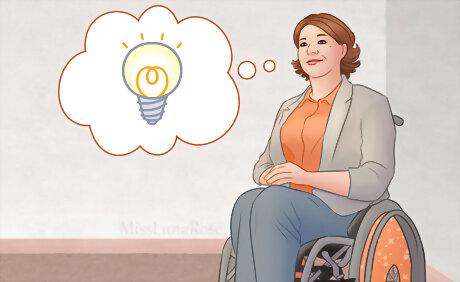
Think about how you relate to the outside world. Do you tend to communicate judgments or perceptions to others? Judging types tend to be decision-oriented and organized. They like to find resolutions and are happy to explain why. They tend to be planners who make to-do lists and enjoy getting things done ahead of deadlines. Perceiving types are more hesitant to make decisions, liking to leave things open and keep making observations. They're slow to make choices, especially when things seem to be important. They'd rather keep things "penciled in" in case they find a reason to make a change. They may mix work and play and are more likely to struggle with procrastination.

Use the four dichotomies (letters) to determine your personality acronym. This is a combination of four letters, such as INTJ or ENFP. The first letter is either I (for introverted) or E (for extroverted). The second letter is either S (for sensing) or N (for intuitive). The third letter is either T (for thinking) or F (for feeling). The fourth letter is either J (for judging) or P (for perceiving).
Taking the Test

Try taking a free online test or two. Typing "MBTI free test" into a search engine will give you plenty of free tests you can try. Click through the questions and you'll get results. If you're close to the borderline in one or more areas, you could get different results based on how the test is worded or what your mood is that day. Remember to answer on how you act, not how you want yourself (or someone else wants you) to feel or act.

Take the official MBTI test if you want better detail. If you're unsure about the quality of what you find online, you may be interested in taking the MBTI test from a professional, like a psychologist or even a career counselor. More than 10,000 companies, 2,500 colleges and universities and 200 government agencies use the test to understand their employees and students.

Look up your type's profile. Online profiles may help you develop insights about who you are and what some of your strengths and areas for growth are. It can help you understand what "sensing" or "perceiving" really mean. They are assigned titles, like "The Giver," or "The Teacher," etc. The full profile addresses your personality type in a number of environments—work, personal relationships, home, and so on and so forth. While it can't cover every aspect, and not every aspect may apply closely to you, some of the insights may be useful.
Using Your Results

Put your type to action. When you know what type you are, you can begin to understand how you might fit into the world around you. If you're an INTJ and you're a salesperson, you might be rethinking your line of work! There are plenty of everyday uses for this test. Learning: How do you take in and perceive facts and concepts? Relationships: What traits do you look for in a partner? What traits are you most compatible with? Personal growth: What positive areas can you capitalize on? Which areas of weakness can you grow from?
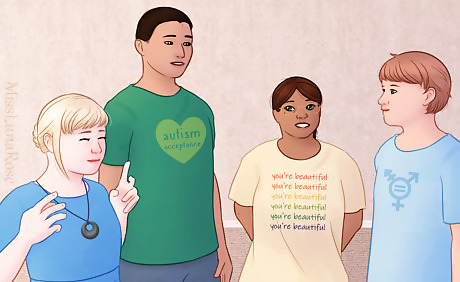
Recognize that all types are equally valuable. No single personality type is superior to another. The MBTI seeks to identify natural preferences, not abilities. When determining your type, look at it from the perspective of what you tend to do, not what you think you should do. Recognizing your own preferences is a useful tool in self-development. MBTI is about priorities, not abilities. For example, Feeling types can be intelligent, Judging types aren't necessarily judgmental, and Thinking types can have strong emotional intelligence too.

Ask others about their type. Talking about personality types can be interesting and it can teach you new things about people you know. It's a relatively common test, and millions of people take it every year.Ask people if they've taken the test. It may help you relate to and learn more about each other. You can learn from both people who are highly different from you and from people who are similar.
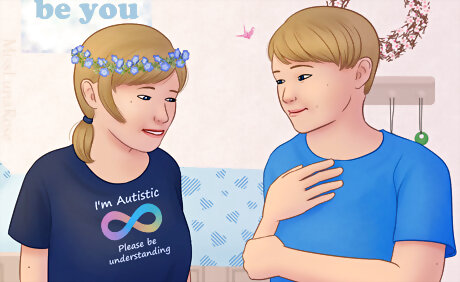
Avoid stereotyping. Don't assume that you know someone's type based on what they look like or how they act on one specific day. And even if you do know their type, don't use it to ascribe negative traits or excuse bad behavior. You can use personality types to help you understand and interact well with someone, but don't use it to limit them. Don't use demographics like gender or disability to assume personality. For example, not all men are Thinking types, and not all autistic people are introverted intuitives. Avoid making negative comments about someone's personality type. If you're upset with their behavior, describe it as bad behavior instead of as an inevitable personality failing. For example, Thinking types can and should learn to respect others' feelings, and Perceiving types can and should fulfill their responsibilities. Don't assume that weaknesses commonly associated with your personality type are set in stone. You can learn and grow.
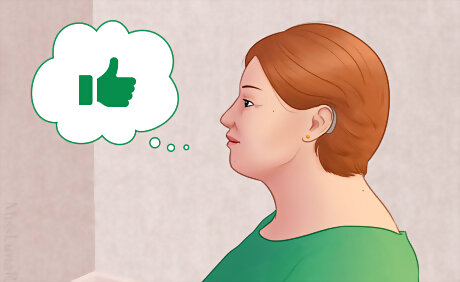
Remember that one test doesn't define your entire life. This only considers a few aspects of how you see the world and what you prefer. There are many more aspects of your identity that aren't covered by the test. Your results aren't here to limit you, just to inform you a little. There's lots of diversity in personality that goes far beyond 16 possible combinations. These letters only capture some aspects of who you are—certainly not everything. Your personality results aren't set in stone. Sometimes you may get different results based on what test you took or what your mood is. Also, some people find that their personalities change over time.


















Comments
0 comment